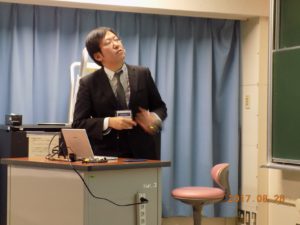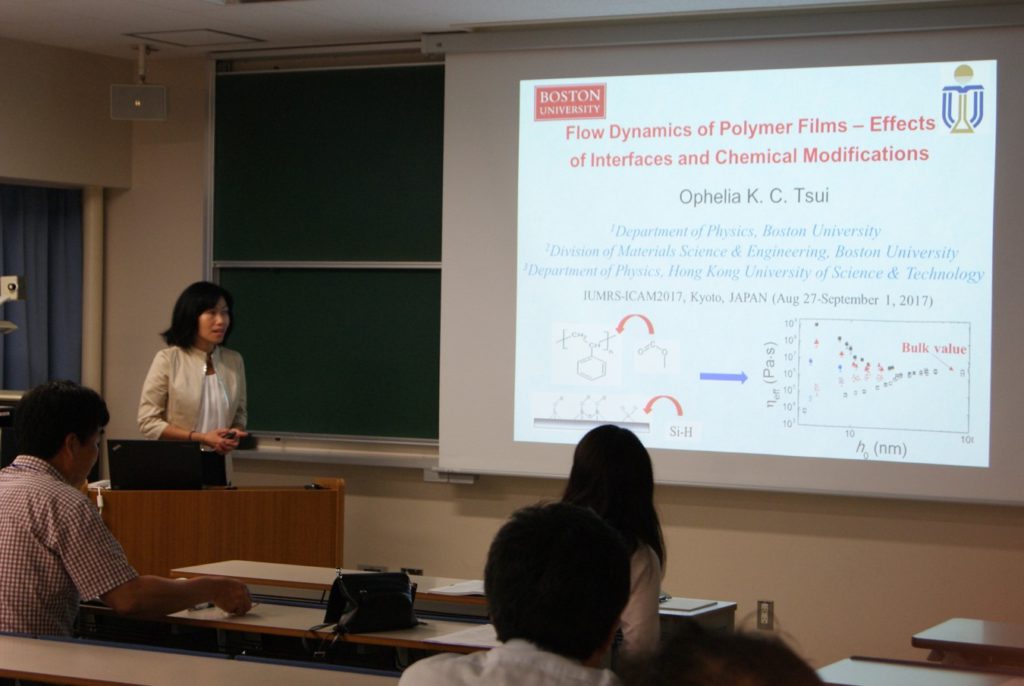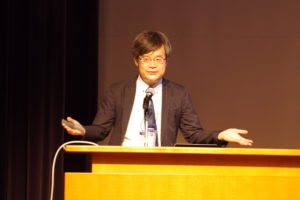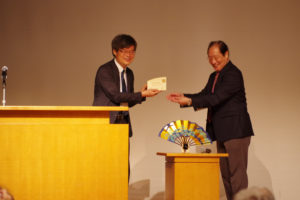Matsumoto: Interesting TDGL simulations of Jc and comparison to experiment. It is reported experimental Jc measurements on BHO doped GdBCO with different level of doping. Best pinning force density Fp at 10 K was achieved on 20:1 volume fraction. The analysis of temperature behavior Jc(T) with Griessen’s model is reported.
Questions: Is the simulation 3D? No. How many pinning sites can be added to the simulation? What is the meaning of the background pins at high field? Difference of delta-l and delta-Tc pinning? How is Jc determined in the simulation?
Yoshida: SmBCO + BaHfO3 coated conductors. Low-T growth technique (750 C vs 960 C) with seed layer (150 C less than without). Rods are thinner (7 nm vs 13.5 nm), B_phi is larger. High rate leads to small pinning sites (similarly as in previous presentations).
High speed growth technique in a reel-to-reel deposition systems up to 100 Hz. No degradation of Jc reported. No clear which is the actual film growth rate.
Questions: How are the inclination angles defined? What is the effect of strain in growth of nanocolumns? What is the Ic of the sample? (from patterned sample) What is the growth rate in “high growth rate”-films?
How is the substrate temp measured? 960 C is a lot! (didn’t ask this, because of lack of time)
Erbe: ReBCO + BHO on TFA-MOD on STO and CeO2-buffered CC. Re = Gd, higher Tc, should have wider deposition parameters. Result: Narrow process parameters, otherwise impurities (on STO). On STO optimal deposition conditions are: T = 810 °C and P(O2) 100 – 50 ppm. On metal optimal t_sub is 20 C lower (we’ve seen this also on PLD films) due to the reaction with CeO2 seed layer (BaCeO3 forms). Pores in films on meta.
Questions: What about the in-plane texture? Good in-plane texture. Optimal temperature difference STO / CC. Thickness of the films: 250-300 nm.
Jha: Surface modified target approach to enhance Jc, Y211 dopant as segment of target. Nano dots formed into YBCO matrix. Jc measurements carried out at 77 and 65 K. Dip in the Jc(theta) near ab-plane. Otherwise almost isotropic. Theory from Mishec SUSt 28. Planar defects cause a dip in ab-planes. For further work doping with other rare earths RE211 phases will be studied.
Questions: Could this promote substitution of rare earth ion of dopant on superconductor? A: yes, but the final effect of this cannot be predicted in advance.
van der Beek: edge disorder and rough flux front. Flux noise in rf antennas. MO-visualization. Seen also in Nb. And in other elastic media (paper, ink on paper etc). Calculate correlations in space and time. Universality classes vary between different superconducting materials. Controlled disorder, irradiated with heavy ions.
Questions: How do the flux avalanches in MgB2 relate to this? Not really definite yet.
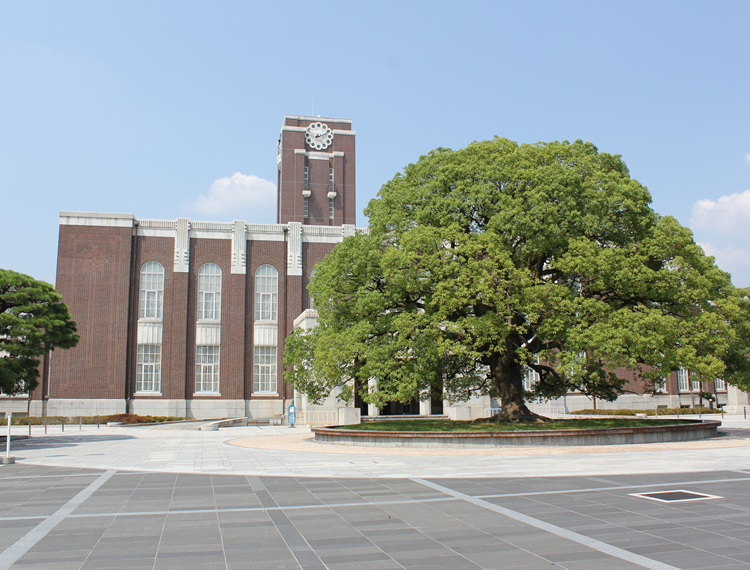
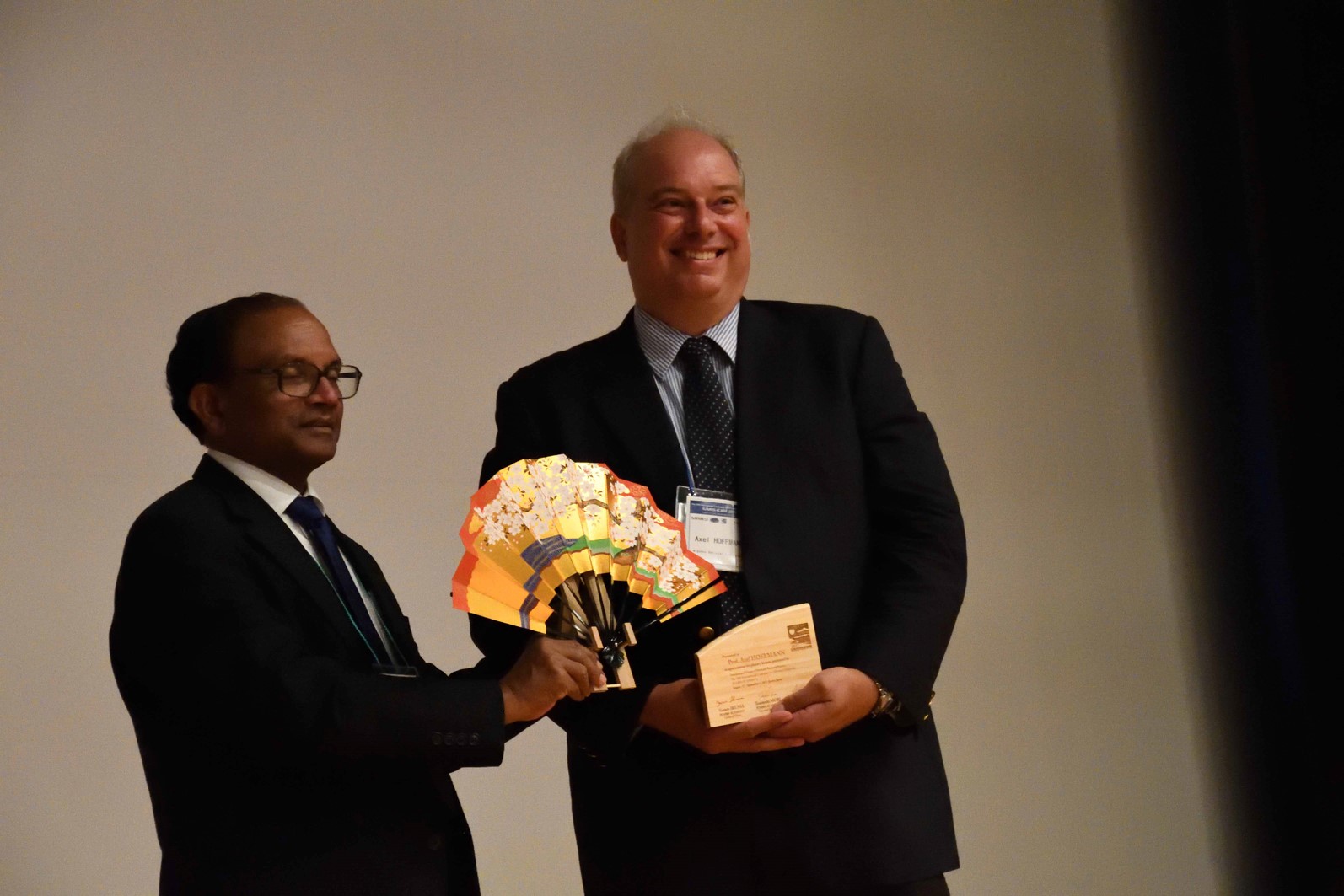
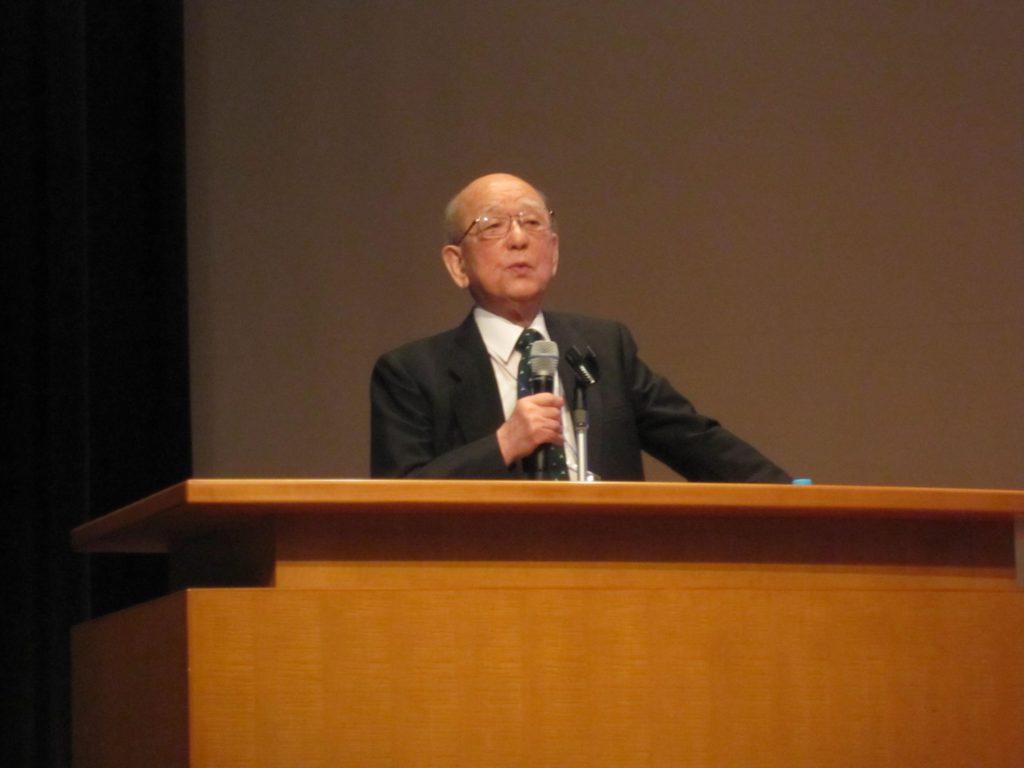
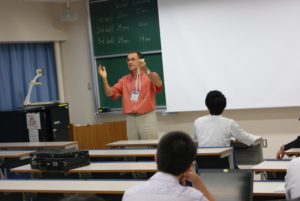 Science magic by Prof. Bruno Ameduri
Science magic by Prof. Bruno Ameduri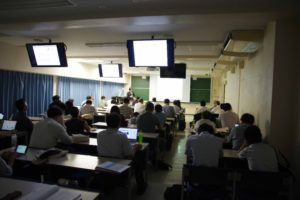
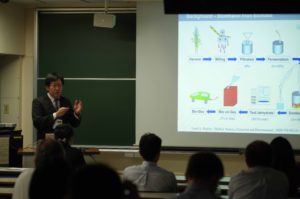
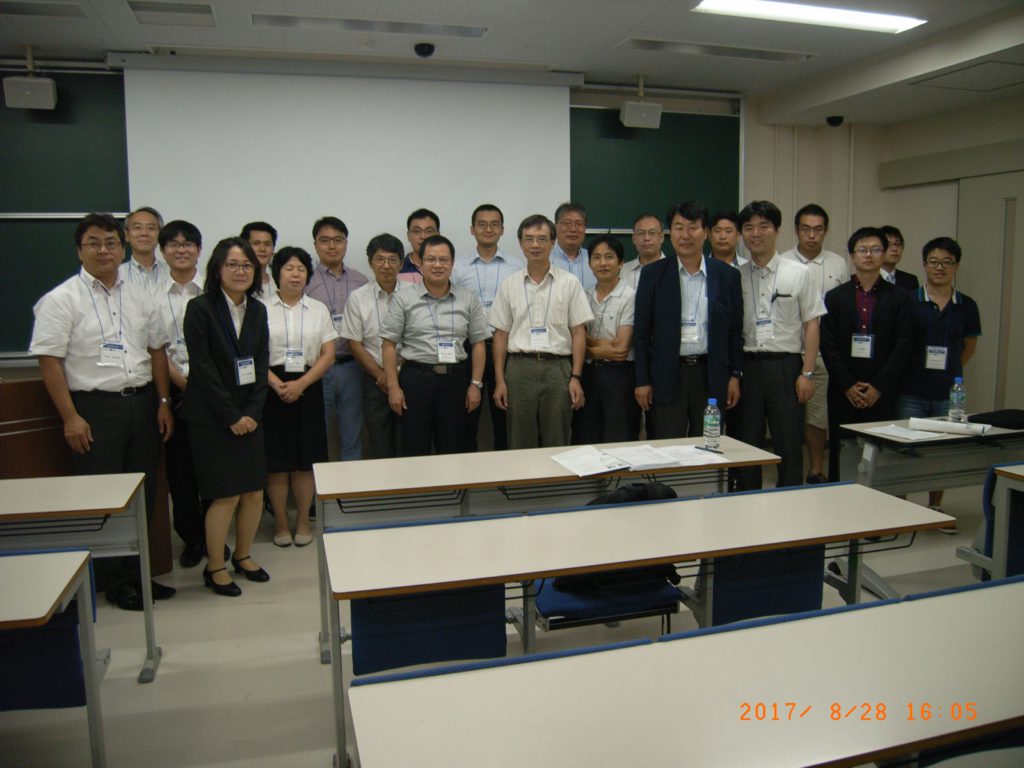
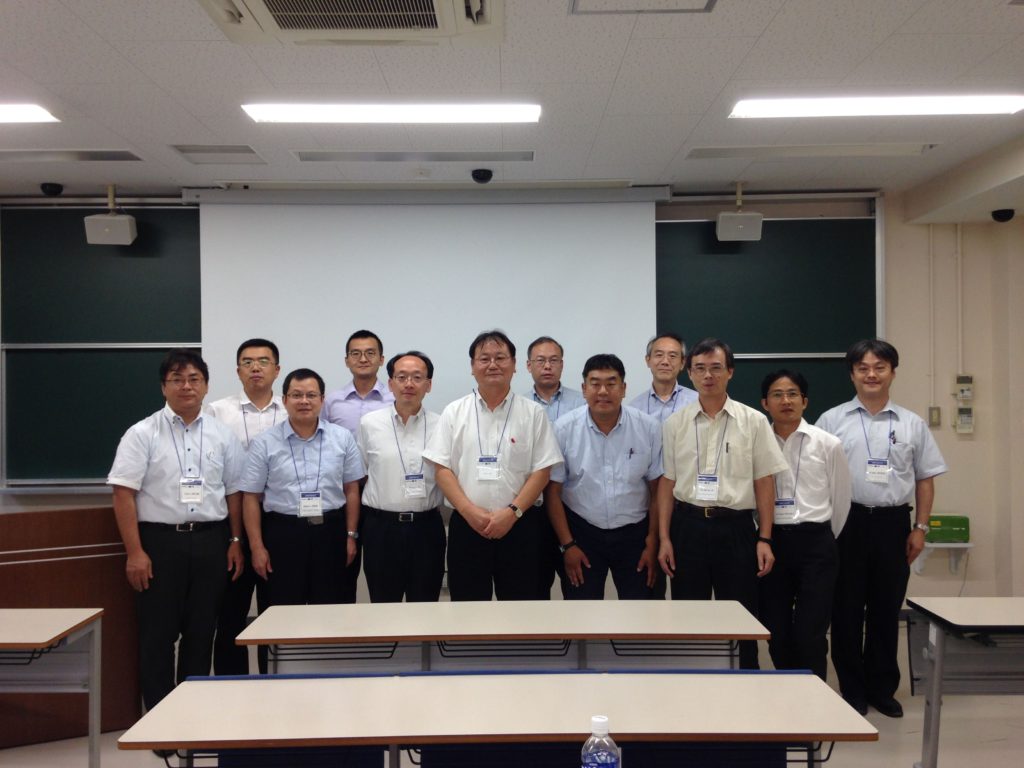
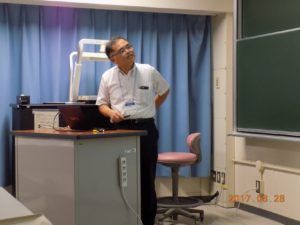 Invited lecture scene by Professor Ishihara
Invited lecture scene by Professor Ishihara